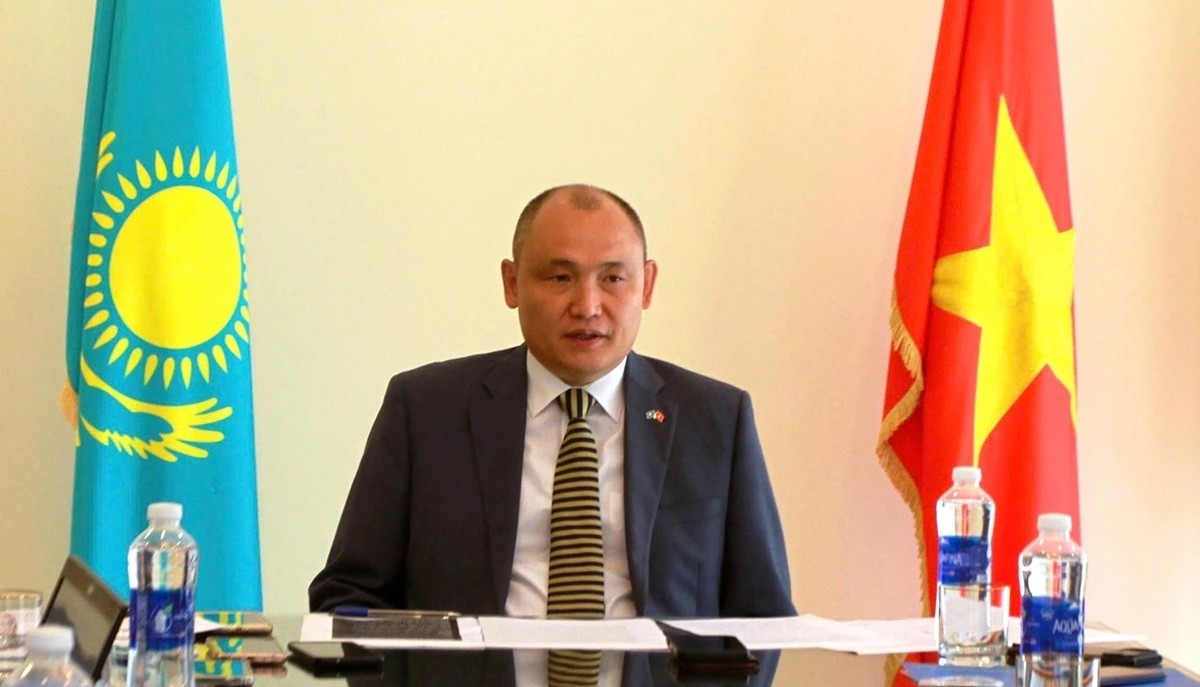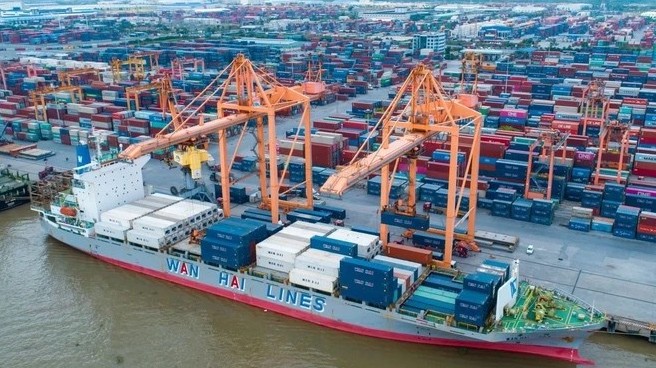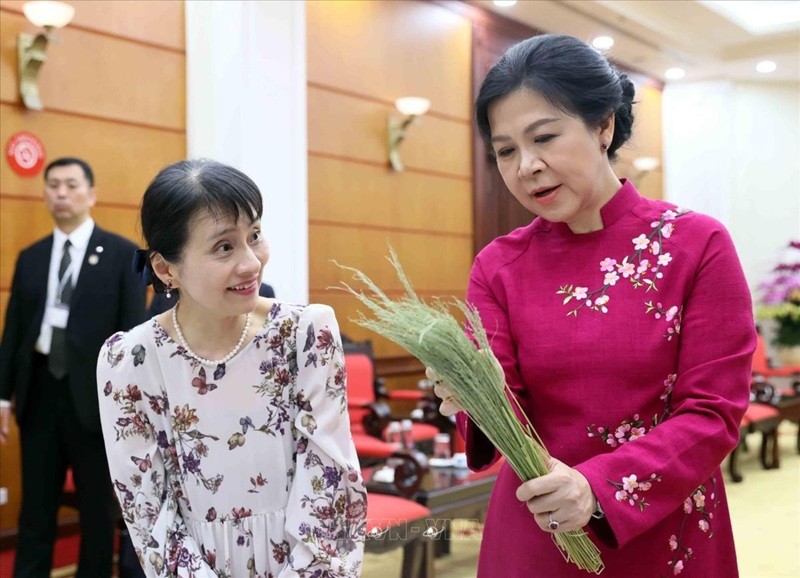New environmental and social framework approved by World Bank
(VNF) - The World Bank’s Board of Executive Directors has approved a new Environmental and Social Framework (ESF) that expands protections for people and the environment in Bank-financed investment projects.
As part of a far-reaching effort by the World Bank Group to improve development outcomes and streamline its work, the safeguards review included the most extensive consultation ever conducted by the Bank.
It concludes nearly four years of analysis and engagement around the world with governments, development experts, and civil society groups, reaching nearly 8,000 stakeholders in 63 countries/territories.
“The World Bank Group’s mission is to end extreme poverty and reduce inequality in the world, and this new framework will be a critical factor in helping us reach those goals. These new safeguards will build into our projects updated and improved protections for the most vulnerable people in the world and our environment. We also will substantially increase our financing of the safeguards to make sure this works as intended - with enough funding for both implementation and building capacity in countries so that they can play a more active role in protecting people and the environment”, said World Bank Group President, Mr Jim Yong Kim.
Expected to go into effect in early 2018, the framework brings the World Bank’s environmental and social protections into closer harmony with those of other development institutions, and makes important advances in areas such as transparency, non-discrimination, social inclusion, public participation, and accountability - including expanded roles for grievance redress mechanisms.
In order to support ESF, and meet additional oversight demands, the Bank is on a trajectory to substantially increase funding for the safeguards.
Strengthening national systems in borrowing countries is recognized as a central development goal by the Bank and most of its shareholders. In line with this goal, ESF places greater emphasis on the use of borrower frameworks and capacity building, with the aim of constructing sustainable borrower institutions and increasing efficiency.
According to a press release issued by the Bank on August 4th, the new framework embodies Bank’s commitment to environmental and social protections and responds to new and varied development demands and challenges that have arisen over time.
Besides, is designed to boost development outcomes in Bank projects by placing strong emphasis on sustainability, responsible use of resources, and monitoring and evaluation.
The approved ESF introduces comprehensive labor and working condition protection; an over-arching non-discrimination principle; community health and safety measures that address road safety, emergency response and disaster mitigation; and a responsibility to include stakeholder engagement throughout the project cycle.
By promoting better-and lasting-development outcomes, it provides broader coverage and access, and will benefit more people, especially vulnerable and disadvantaged groups, as well as strengthen partnerships with other multilateral development banks, development partners, and bilateral donors.
The World Bank now begins an intensive preparation and training period (12-18 months) to prepare for the transition to the new framework.
Implementation will focus on supporting and strengthening the capacity of borrowers; training Bank staff and Borrowers to implement the framework; strengthening the Bank’s Environmental and Social Risk Management System; and strengthening strategic partnerships with development partners.
The World Bank’s current safeguards are expected to run in parallel to the new ESF for about seven years to govern projects approved before the launch./.
( VNF )
Recommended
 National
National
Vietnam News Today (May 3): Vietnam And Kazakhstan to Elevate Relations to Comprehensive Partnership
 National
National
Vietnam News Today (May 2): Overseas Vietnamese Help Vietnamese Products Go Global
 National
National
Vietnam News Today (May 1): Vietnam to Become Second-Largest Economy in Southeast Asia by 2036
 National
National
General Secretary Le Duan: Great Architect of National Reunification
Popular article
 National
National
Vietnam News Today (Apr. 30): Grand Parade Marks 50 Years of Liberation of South and National Reunification
 National
National
Vietnam News Today (Apr. 29): People-to-people Exchange Deepens Vietnam-Cuba Special Friendship
 National
National
50 Years of National Reunification: Vietnam’s Spectacular Transformation
 National
National



